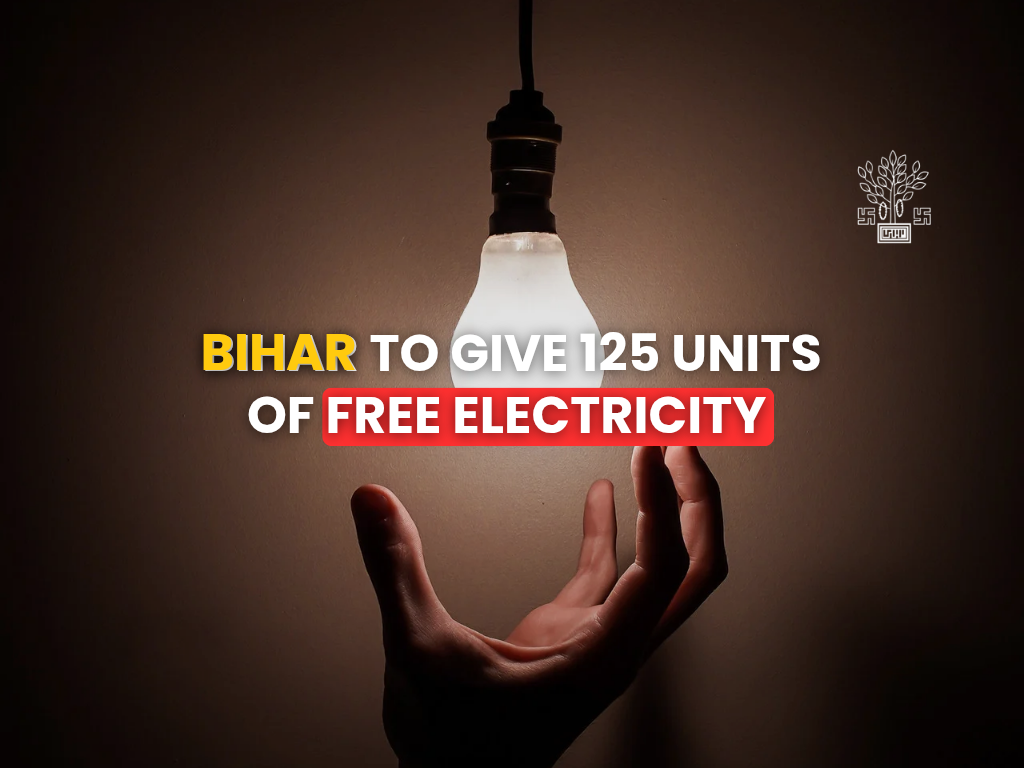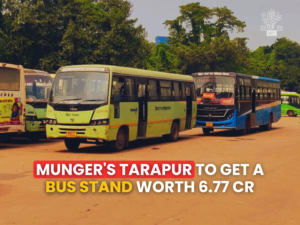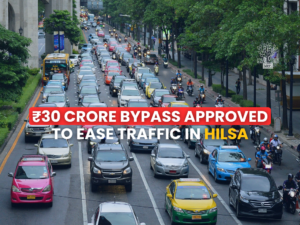Bihar Free Electricity Scheme 2025: 1.67 Cr Households to Get 125 Units Free from July

Chief Minister Nitish Kumar has played a masterstroke for the upcoming Bihar assembly elections. He announced the Bihar free electricity scheme under which households in Bihar will be getting upto 125 units of free electricity. The scheme will be implemented from 1st August 2025 where you will not be charged a single rupee for consuming upto 125 units of electricity. It will be applicable for the July bill itself. It will be beneficial for the lower income groups primarily.
We have covered everything about the Bihar free electricity scheme 2025 in this article including who will benefit from the scheme, when will it be implemented and other plans of the Bihar government related to setting up solar panels across the state. You can use the following Table of Contents to navigate as per your preference:
Table of Contents
Bihar Free Electricity Scheme For 1.67 Crore Families
Nitish Kumar made the official announcement via his tweet from his X (Twitter account). He said that anyone who’s electricity consumption stays below 125 units per month will not be charged anything. It will be for both rural and urban areas and benefit a total of 1.67 crore domestic consumers. Although, it is not applicable on commercial consumers. As we have said, it will be applicable on the the electricity bill from July 2025 onwards.
Chief Minister Nitish Kumar said this :
“From August 1, 2025, all domestic consumers will receive 125 units of electricity free every month. This will benefit a total of 1 crore 67 lakh families in the state.”
Solar Panel Installation After 3 Years
In addition to the freebies, the Nitish government has also announced the installation of solar panels across the state. He said that the Bihar free electricity scheme will be there for 3 years. Within this time, the government will install rooftop solar systems or local solar hubs in the houses of those domestic consumers. This is aimed at reducing the dependency on coal-powered grid.
Under the new initiative, extremely poor families will get 100% financial support for setting up the solar panels. Other will receive partial aid under the existing Kutir Jyoti Yojana. The target is to generate a total capacity of 10,000 megawatts of solar power by 2028.
How Much Will a Family Save?
The financial burden of providing 125 units of free electricity under the Bihar free electricity scheme is expected to be around ₹900 per family. You can say the low income groups will benefit from it who consume between 90–120 units per month. So these families will not have no electricity bill at all. And for the middle income groups, the electricity bill will lower significantly.
Here’s what that will happen:
- Usage: 100 units → Consumer pays ₹0
- Usage: 135 units → Consumer pays only for 10 units (125 free)
But, this might be troublesome for the Bihar government as it doesn’t generate its own electricity. It will put extra burden of the government treasury.
Conclusion
The Bihar free electricity scheme 2025 has been approved just few months before the Bihar elections. It is a strategic move from the Nitish government as it tackles RJD’s promises of providing 200 units of free electricity. The Bihar government has been launching regular welfare based schemes nowadays primarily increasing the pensions or unemployment allowances. This might be a burden on the government treasury, but it will definitely be a deciding factor in the upcoming elections. People generally incline towards freebies.
Recently, the Bihar cabinet also approved ₹5 lakh ex-gratia relief aid for deceased non-corporate tax payers who met with deadly accidents. The next kin of the businessmen would be getting the money. You can check the other decisions and details of the recent cabinet meeting here.

I’m a final-year engineering student with a deep interest in current affairs, politics, and international issues. Writing news is my part-time passion, where I focus on sharing credible and well-researched stories. Every article I publish is backed by verified sources and multiple levels of fact-checking to ensure accuracy and trustworthiness.





